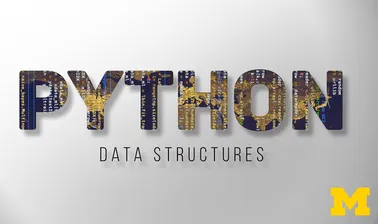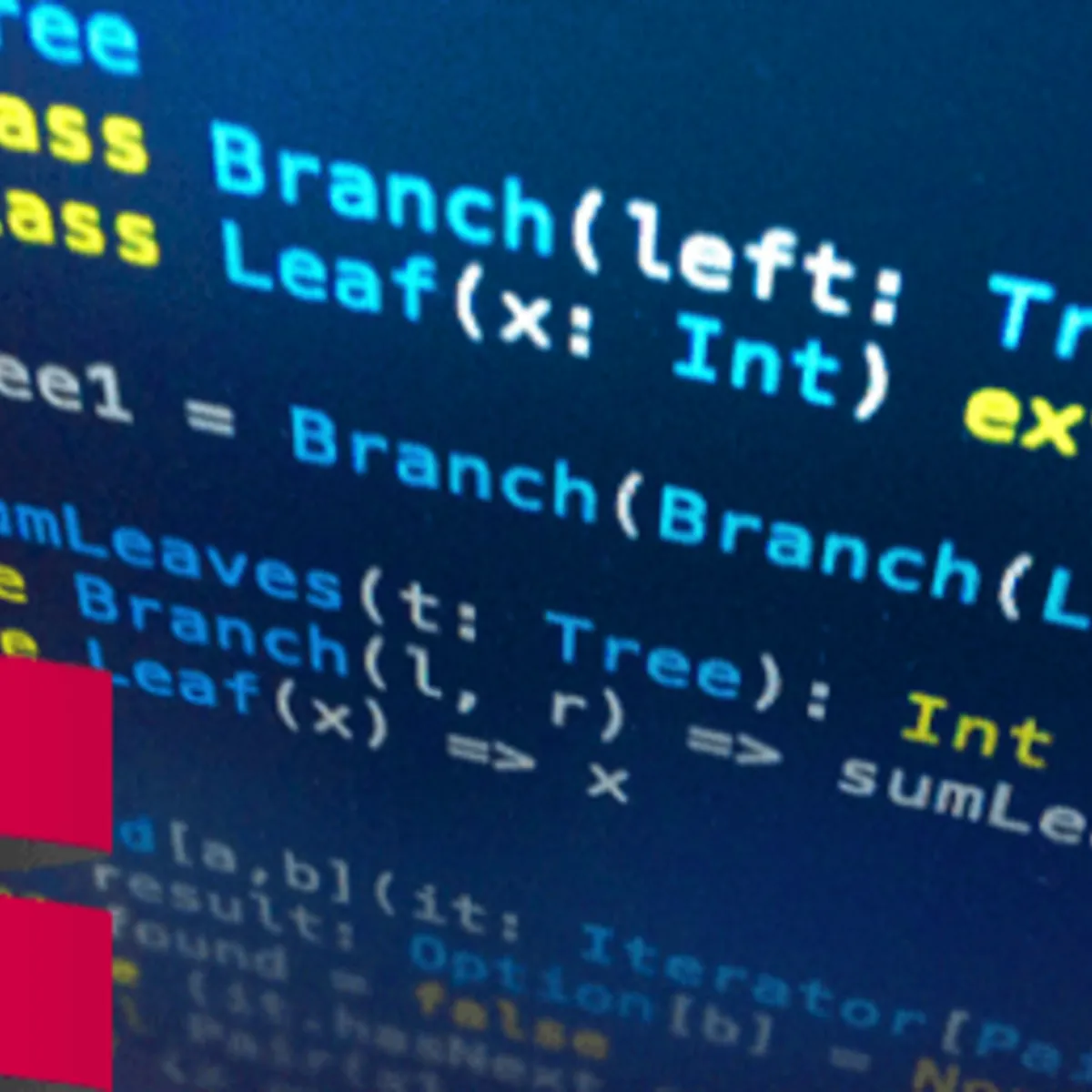
Python Data Structures 
This course introduces the core data structures of the Python programming language. Learn how to use lists, dictionaries, and tuples to perform complex data analysis. Covering Chapters 6-10 of the textbook "Python for Everybody", this course is designed for those with a basic understanding of Python 3. Get ready to take your data analysis skills to the next level! ▼
ADVERTISEMENT
Course Feature
![]() Cost:
Cost:
Free
![]() Provider:
Provider:
Edx
![]() Certificate:
Certificate:
Paid Certification
![]() Language:
Language:
English
![]() Start Date:
Start Date:
Self paced
Course Overview
❗The content presented here is sourced directly from Edx platform. For comprehensive course details, including enrollment information, simply click on the 'Go to class' link on our website.
Updated in [June 30th, 2023]
This course, Python Data Structures, introduces the core data structures of the Python programming language. Students will learn how to use the Python built-in data structures such as lists, dictionaries, and tuples to perform increasingly complex data analysis. The course covers Chapters 6-10 of the textbook "Python for Everybody" and is based on Python 3.
[Applications]
After completing this course, students should be able to apply the concepts of Python data structures to their own projects. They should be able to create and manipulate lists, dictionaries, and tuples, as well as use them to store and retrieve data. Additionally, students should be able to use the data structures to perform basic data analysis tasks, such as sorting and searching. Finally, students should be able to use the data structures to create more complex programs.
[Career Path]
A recommended career path for learners of this course is a Python Data Structures Developer. This job position involves designing, developing, and maintaining data structures for software applications using the Python programming language. The developer must be able to analyze user requirements, design efficient data structures, and develop software applications that meet the user's needs. They must also be able to debug and optimize existing data structures and applications.
The development trend for this job position is to become increasingly specialized in the Python programming language. As the demand for data-driven applications increases, the need for developers with expertise in Python data structures will also increase. Additionally, the development of new technologies such as machine learning and artificial intelligence will require developers to have a deep understanding of Python data structures in order to create efficient and effective applications.
[Education Path]
The recommended educational path for learners interested in Python Data Structures is a Bachelor's degree in Computer Science. This degree will provide students with a comprehensive understanding of the fundamentals of computer science, including programming languages, algorithms, data structures, operating systems, computer architecture, and software engineering. Students will also gain an understanding of the principles of computer networks, computer graphics, artificial intelligence, and database systems.
The development trend of this degree is to focus on the application of computer science in the real world. This includes the development of new technologies such as machine learning, natural language processing, and robotics. Additionally, students will learn how to use computer science to solve real-world problems, such as developing software applications, creating data-driven solutions, and developing secure systems. As technology continues to evolve, the demand for computer science professionals with the skills to develop and maintain these systems will continue to grow.
Course Provider

Provider Edx's Stats at AZClass
Discussion and Reviews
0.0 (Based on 0 reviews)
Explore Similar Online Courses

Visual Identity Design: Clean and Simple Geometry

Mindfulness for Beginners Online Class

RDBMS PostgreSQL

Intro To PostgreSQL Databases With PgAdmin For Beginners

PostgreSQL: Client Applications

Mastering SQL using Postgresql

Database Design and Basic SQL in PostgreSQL

PostgreSQL: Advanced Queries

Spatial SQL with Postgres : A language for geographers

Learn SQL Using PostgreSQL: From Zero to Hero

PostgreSQL Essential Training


Start your review of Python Data Structures